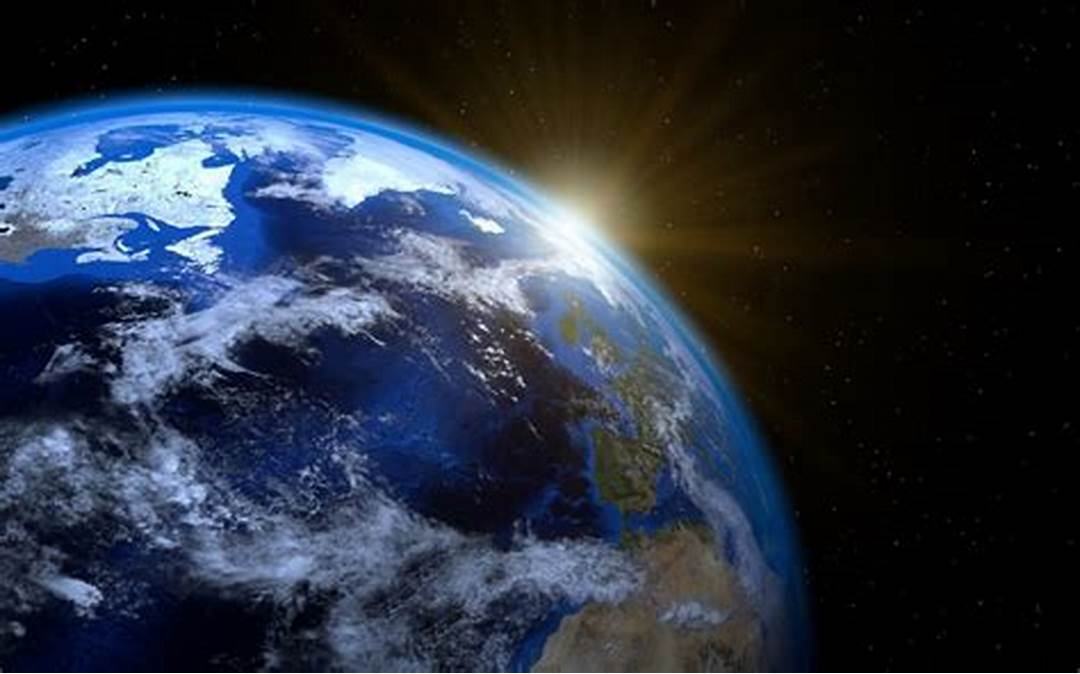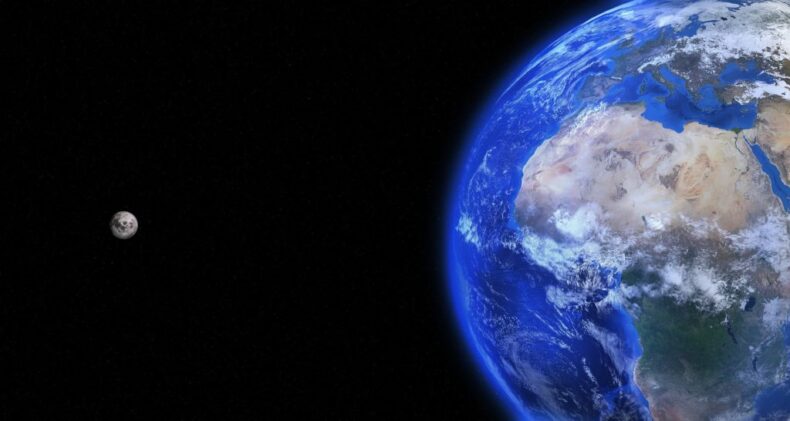The Earth broke its record for the shortest day as it completed a whole spin a 1.59 milliseconds less than usual.

We as Earthlings are unable to comprehend that we are not standing still. This is because we do not feel like we are hurtling through the void, and yet we are!
Nature has bestowed us with great gifts which we as humans have taken for granted. The enormous pressure that we put on the Earth through global warming, has transformed the fundamentals.
There have been a number of changes that have sped up due to our negligence, including, diminishing Earth’s magnetic field, rise in global temperatures, shifting Earth’s axis etc.
The Earth has set another record for the shortest day, as it broke its previous ones. A standard day lasts for 24 hours, whereas this time the Earth finished an entire rotation 1.59 milliseconds before the set time.
As per the reports, the speed of the Earth is increasing, however, the specifications as to why this is happening are not known.
The Earth’s rotation is what provides us with the day and the night, which means the slower the rotation, the longer the day and the faster the rotation, the shorter is the day.
The earth has been speeding up and the last shortest day was recorded as 19 July 2020 – it was 1.47 milliseconds shorter, in comparison to the one that was recorded in 1960.
In 2021, the scientists saw no change in the speed, however, the Interesting Engineers have indicated that we may be entering a 50-year phase of shorter days.
Calculating the rotation of the Earth from your location is rather interesting. As we all know that the Earth rotates and is constantly in motion, however, the speed depends on your latitude. For instance, the circumference of the Earth is roughly 24,898 miles, at the Equator. If you estimate that a day is 24 hours long, you divide the circumference by the length of the day. This produces a speed at the equator of about 1,037 mph.
Why is the Earth spinning faster?
The actual cause for the increase in speed is not known. What we know about the diminishing time of the rotation are mere conjectures based on facts known to humans. One of the theories suggests that the melting of the glaciers due to high global temperatures has led to decreasing weight on the poles, which might be the cause for the increasing speed.
Moreover, another theory is based upon the motions of the planet’s molten magma. There are others who suggest that seismic activities are also known as the “Chandler Wobble” i.e. a slight deviation in the Earth’s rotation axis is the cause of this sudden change.
What will be the consequence?
As per the reports, this rising speed will lead to the introduction of negative leap seconds in order to maintain consistency between the Earth’s rotation and the measurement of the atomic clocks.
On average, each day is about 0.5 seconds shorter than 24 hours. Therefore scientists are suggesting that we delete a second from the time, to keep the Earth’s time and clocks in sync. This is known as the “negative leap second.”
As a downside of this, the communications system all over the world would have a complete breakdown, leading to confusing scenarios. This is because the clock progresses from 23:59:59 to 23:59:60 before resetting to 00:00:00. So notably, a time jump like this can crash programmes and corrupt data.
Before we draw up any conclusion it is important for us to find out the reason for this phenomenon, but it is safe to conclude that this change will be cumbersome for people struggling with the deficit of a mere second. What might only seem a millisecond to you will have massive aftereffects on a larger span.













